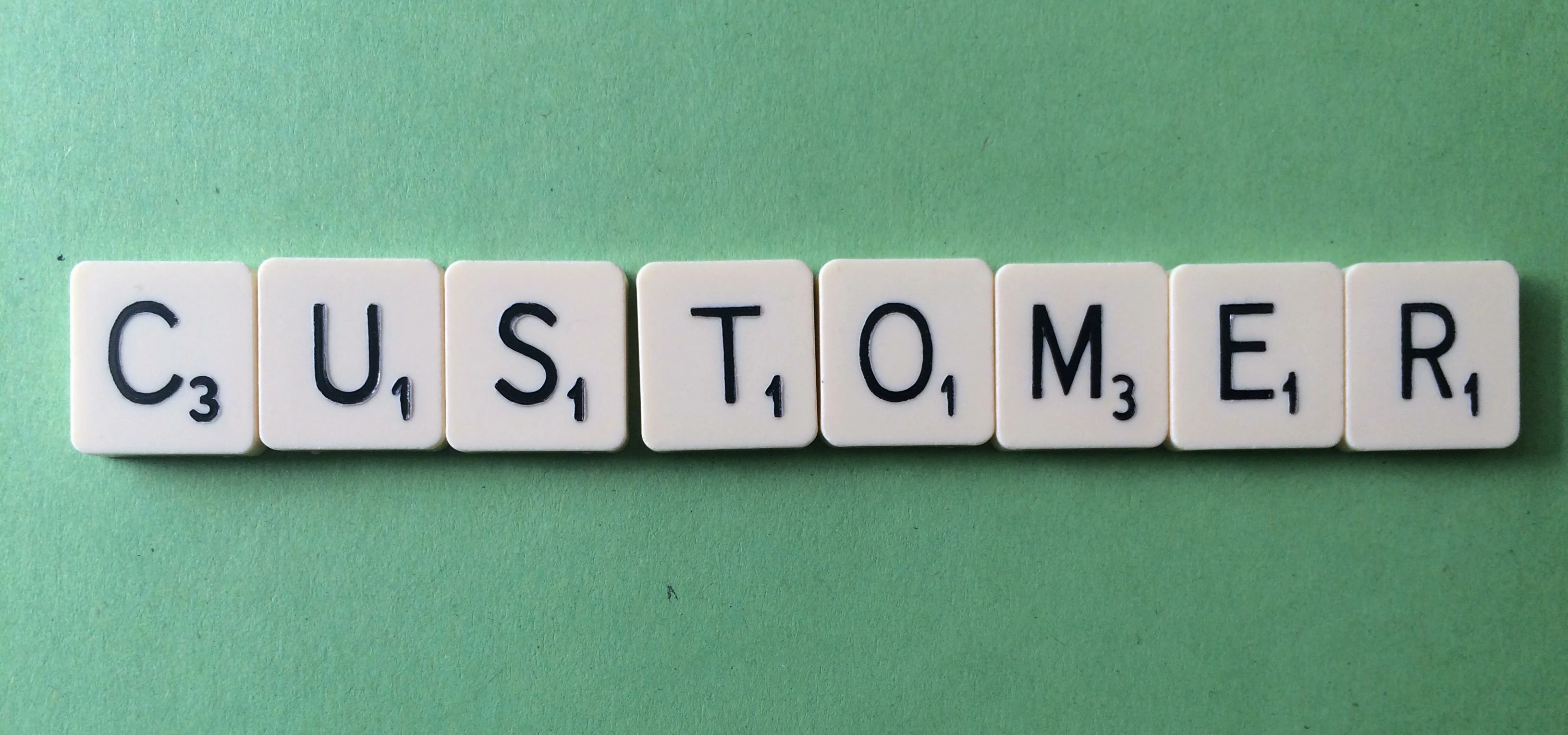
Partner Article
Why a customer is never a "thing"
The Internet of Things is a great way of delivering added business value to existing products and services or can, and likely will, evolve into a whole new way of interacting and doing business.
In some ways it is possible that you will improve your relationship with your customer whilst at the same time offering less physical interaction. The question here is “will the customer feel more loyal to you if you are delivering this service in a more personalised but in a less personal way?”
Ultimately if you are delivering happiness or giving the customer a gift of time or better organisation, the benefit is likely to resonate and you have the opportunity to create fans without necessarily offering greater engagement.
Think BIG!
During this start-up phase of deciding what your IoT product or service will ultimately be, it is key to think big, understand the ultimate limitations but equally not underestimate a wider offering of integrations with other services and applications.
Thinking small may start with a car insurer providing a driving monitor to reward good driving behaviour with lower premiums. Thinking big might be that same insurer monitor linking to the car on-board system which shows that in the event of an accident and the airbags are deployed the insurer is immediately informed. This in turn triggers an alert to a next of kin whilst simultaneously connecting with the passenger health wristband which shows vital signs and, in the event in a severe drop in blood pressure or failure of other vital signs, an ambulance can be called to the scene using the monitor GPS. Believe it all not, the infrastructure for exactly this scenario is all in place, we just haven’t got it connected yet!
This thinking may require substantial education and evangelism, both horizontally across functions and vertically to leadership. In addition to creating an understanding of what IoT is, it’s critical to communicate its value, potential, risks, and ecosystem roadmap implications. Once the roadmap is established we can understand the interoperability needed to deliver the solution and also the type of embedded reporting and feedback into technology workflows.
Once this is understood you can focus on the data by working with analysts who will responsible for listening, measuring and sharing the data and then look at data governance which should not be underestimated.
If it’s a Thing, call it a thing, but don’t call it a Customer
This is usually the point when the business may look at the “thing” being the customer instead of the end user customer, remember, the one who buys the IoT product in the first place?
This concept is still a struggle for me, a customer is a living breathing thing, if it isn’t then we are in scary territory where machines have learning behaviour and are able to make decisions independent of a controller. I accept that things can transact today, a good example being HP instant ink for printers that can automatically detect low ink and send a cartridge replacement with human intervention but this is still ultimately managed by the HP customer. I doubt HP actually consider printers as customers per se.
I also accept that my washing machine may in the future request a direct service call should it have a fault but ultimately I still have the ability to turn off this facility and therefore I am still in charge, and still the customer. Don’t forget that today’s customer wants you to know them, a thing doesn’t care a jot so I prefer to leave thoughts that things are indeed in charge at the door of Hollywood but you will hear about customers being “things” as you investigate this topic further.
This was posted in Bdaily's Members' News section by Rachel Lane .








 A dynamic, fair and innovative economy
A dynamic, fair and innovative economy
 Navigating the property investment market
Navigating the property investment market
 Have stock markets peaked? Tune out the noise
Have stock markets peaked? Tune out the noise
 Will the Employment Rights Bill cost too much?
Will the Employment Rights Bill cost too much?
 A game-changing move for digital-first innovators
A game-changing move for digital-first innovators
 Confidence the missing ingredient for growth
Confidence the missing ingredient for growth
 Global event supercharges North East screen sector
Global event supercharges North East screen sector
 Is construction critical to Government growth plan?
Is construction critical to Government growth plan?
 Manufacturing needs context, not more software
Manufacturing needs context, not more software
 Harnessing AI and delivering social value
Harnessing AI and delivering social value
 Unlocking the North East’s collective potential
Unlocking the North East’s collective potential
 How specialist support can help your scale-up journey
How specialist support can help your scale-up journey